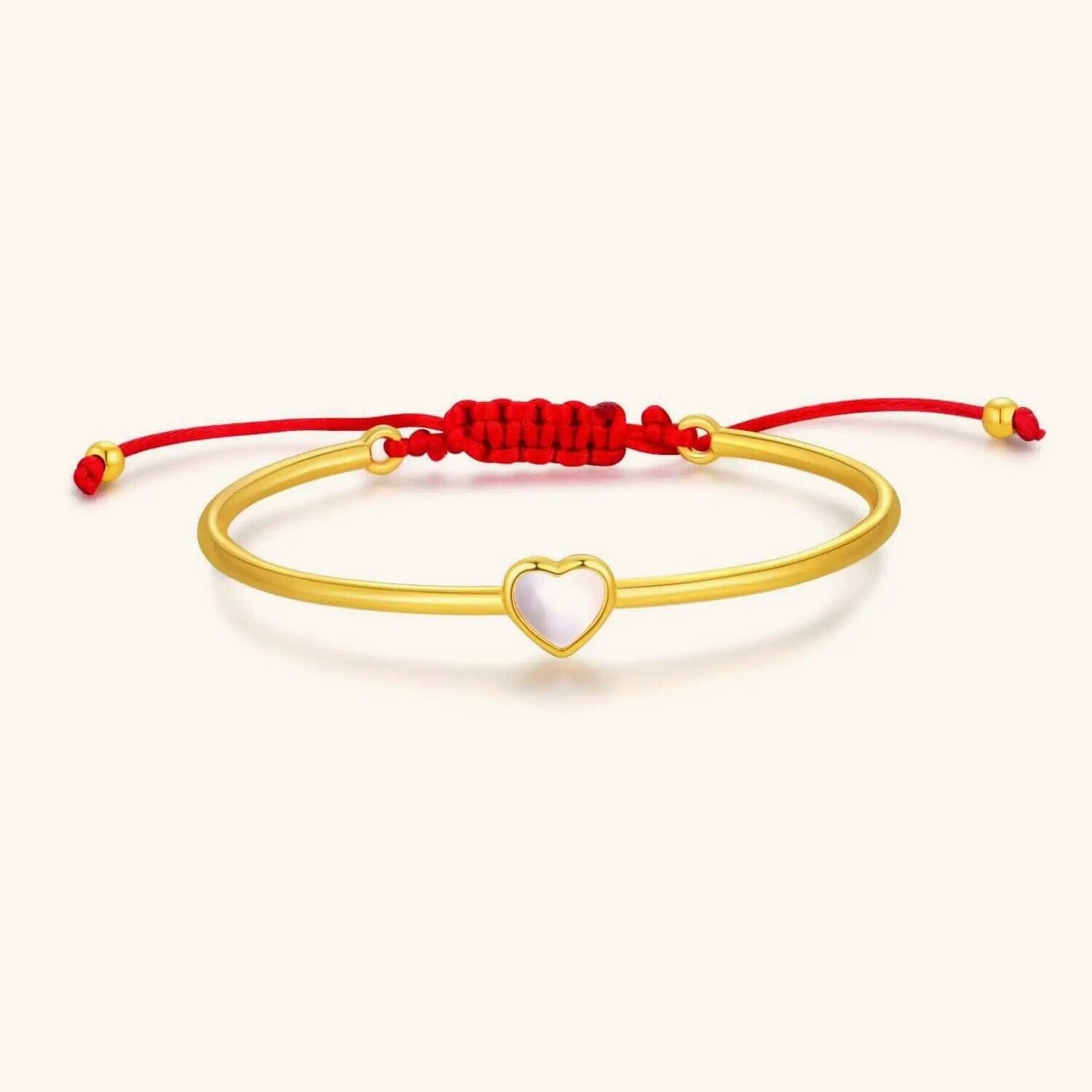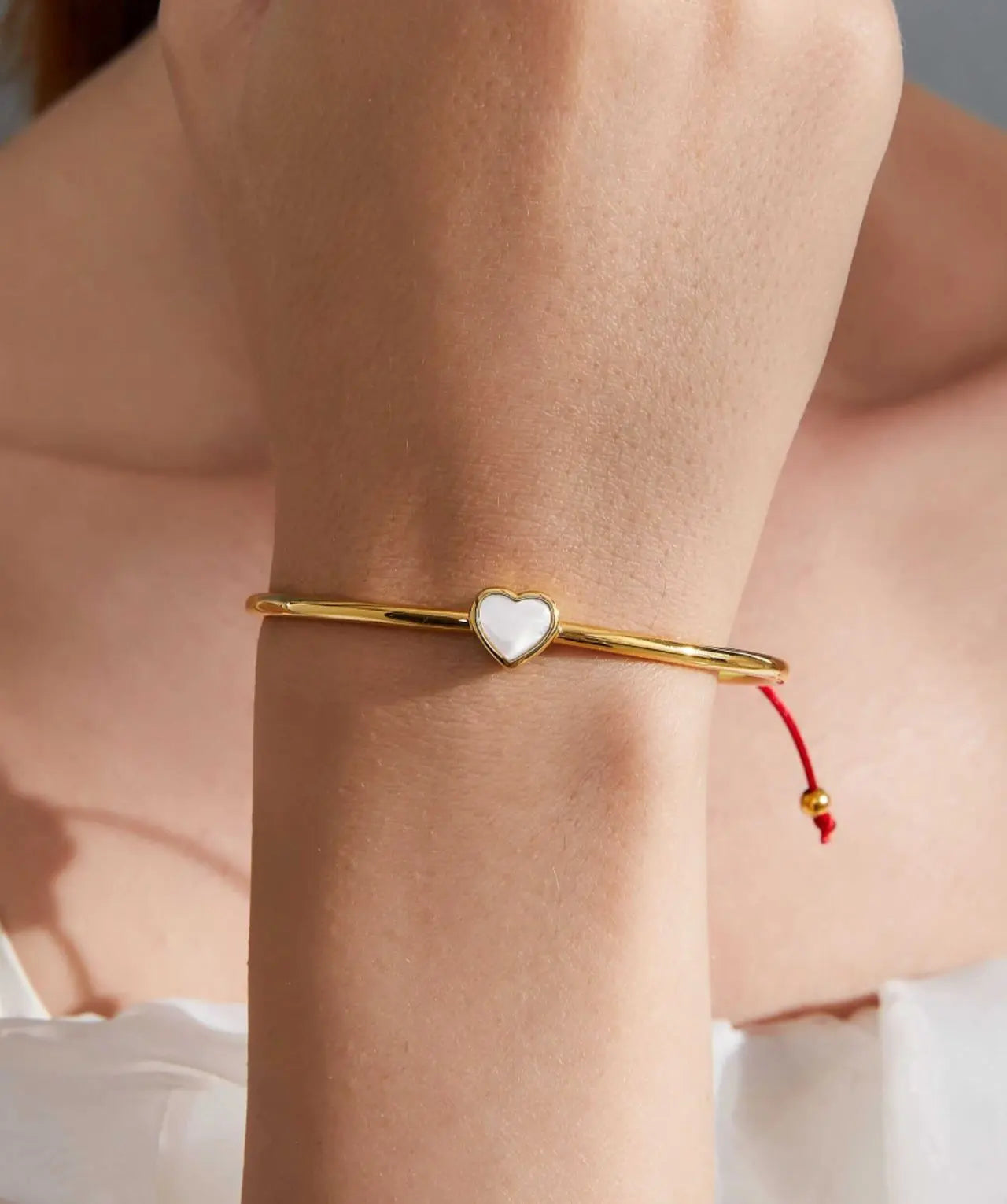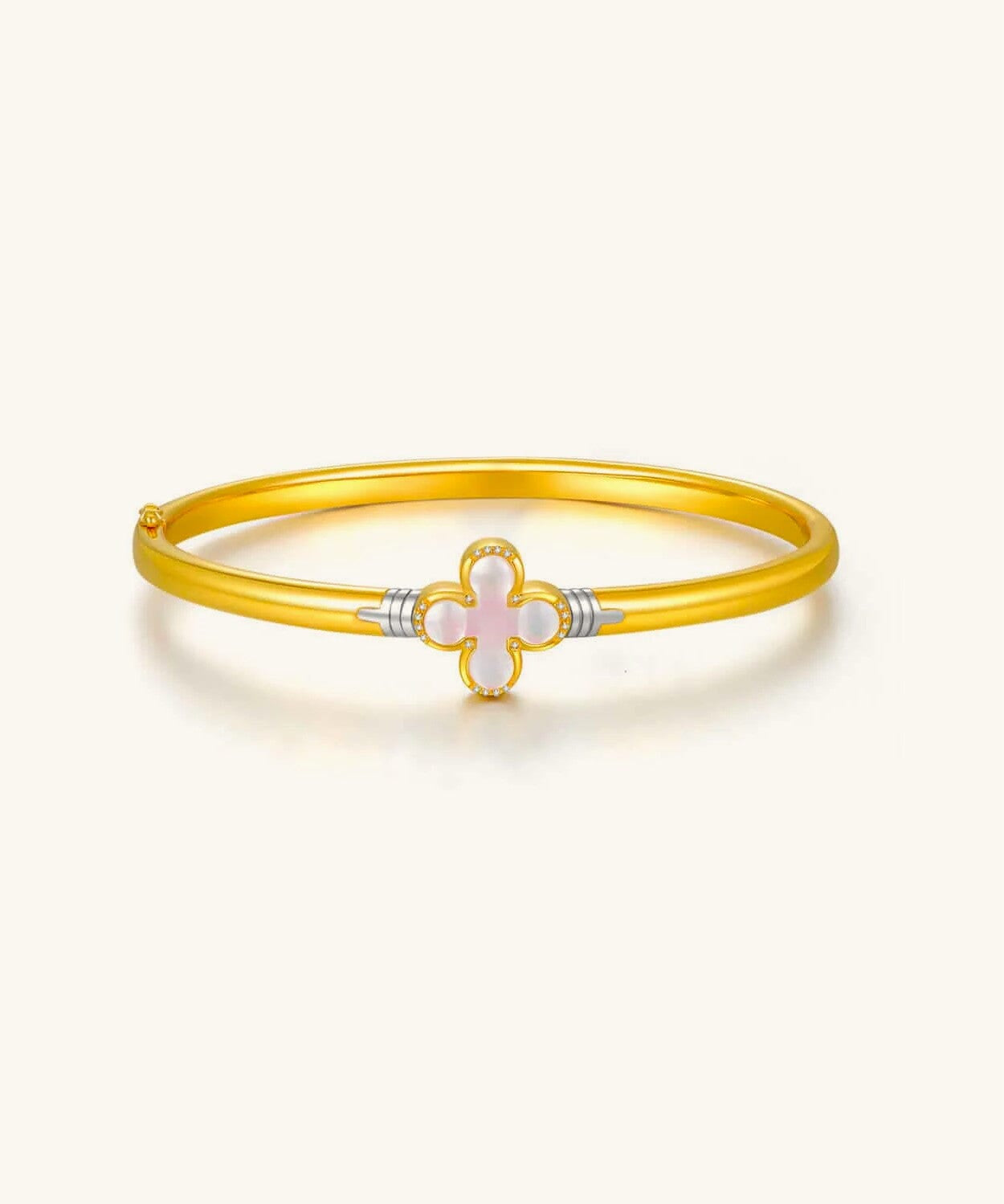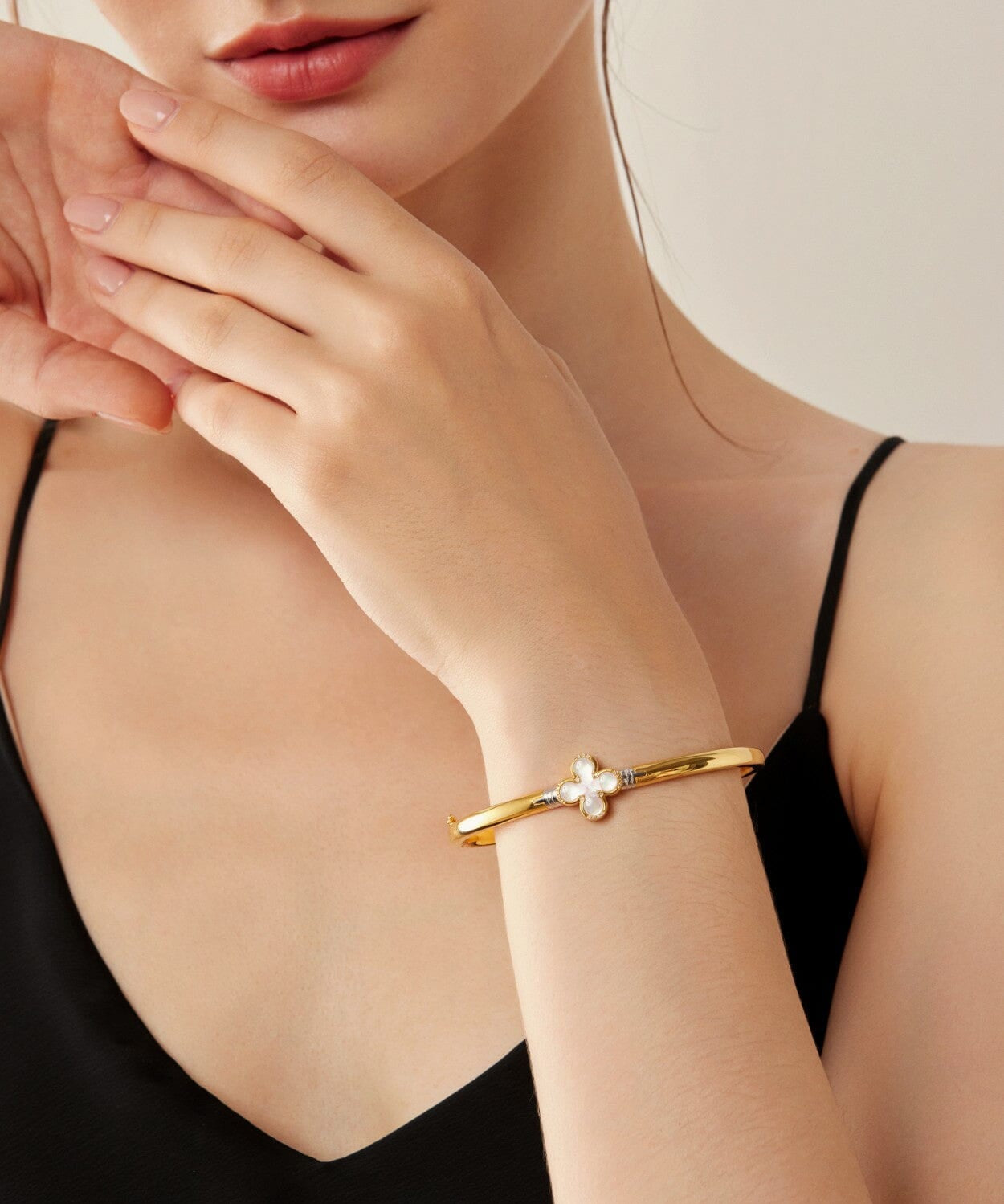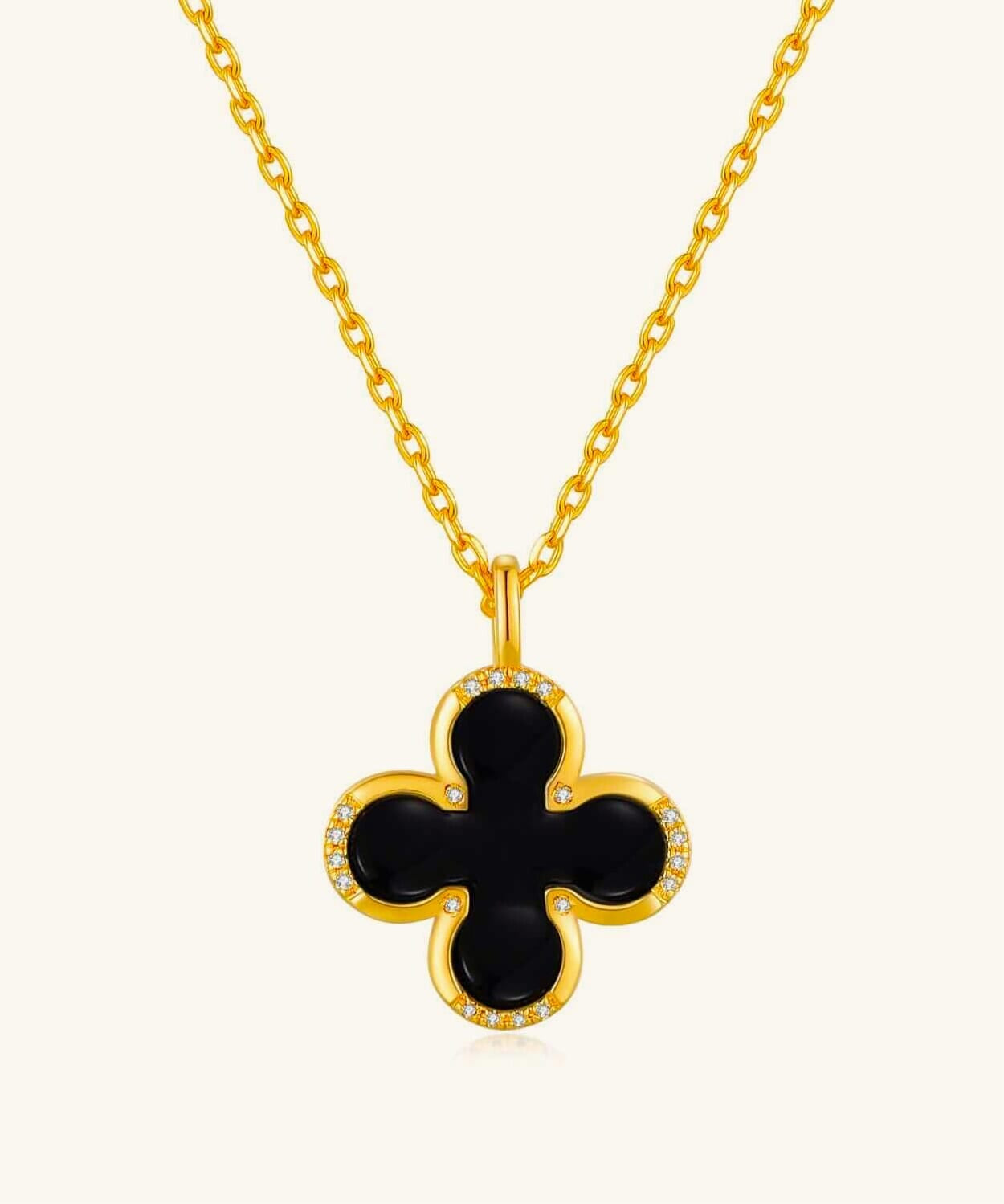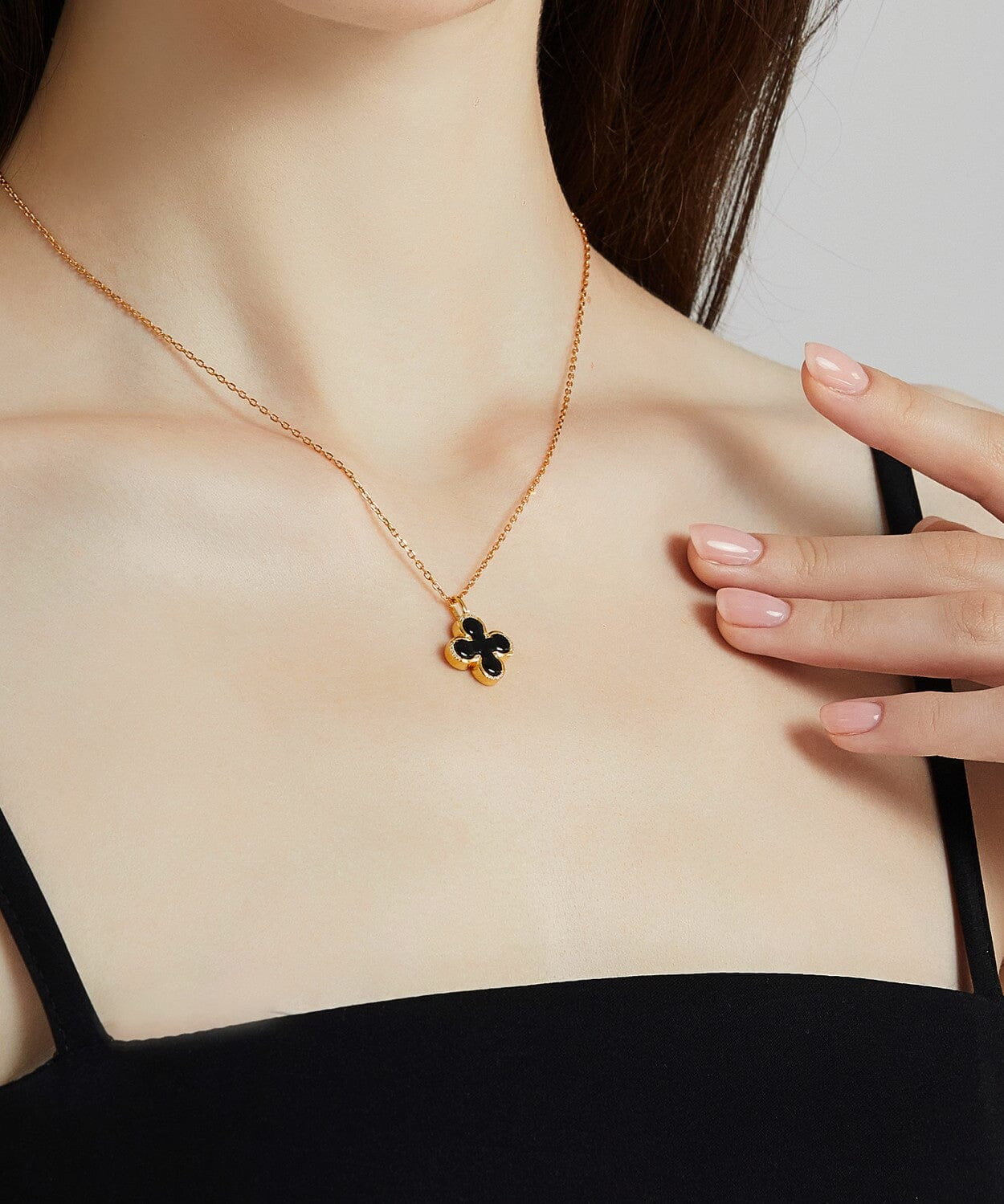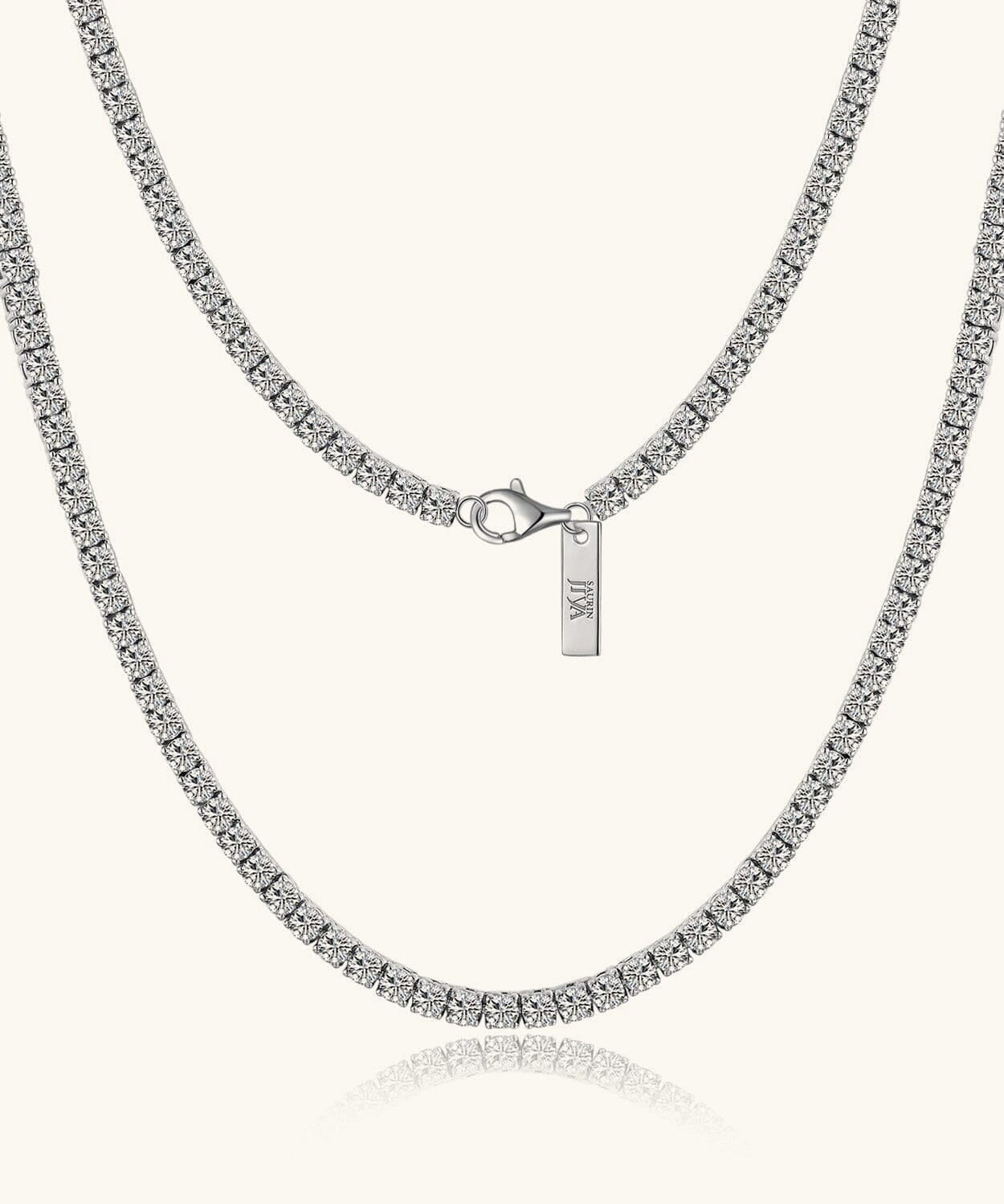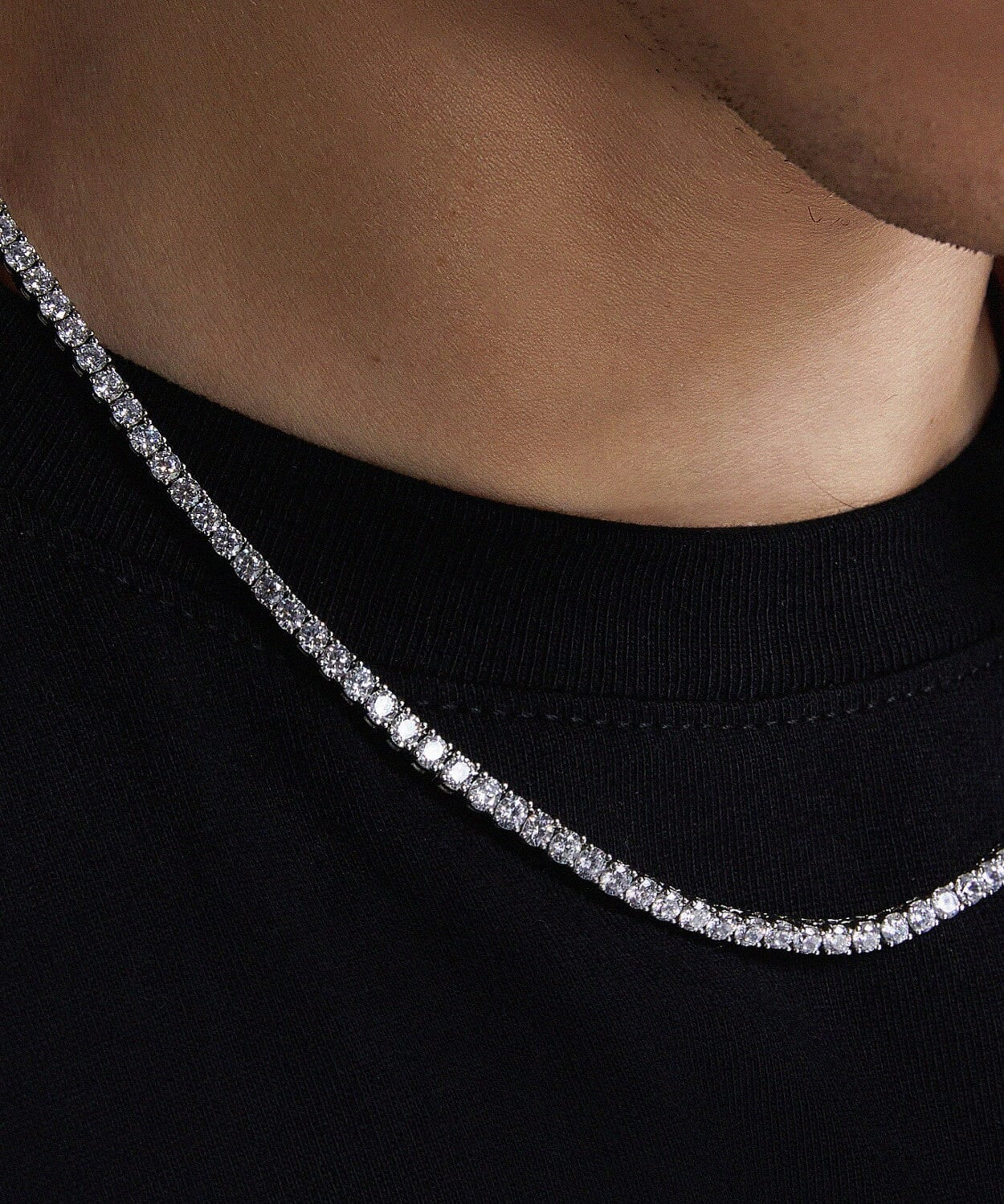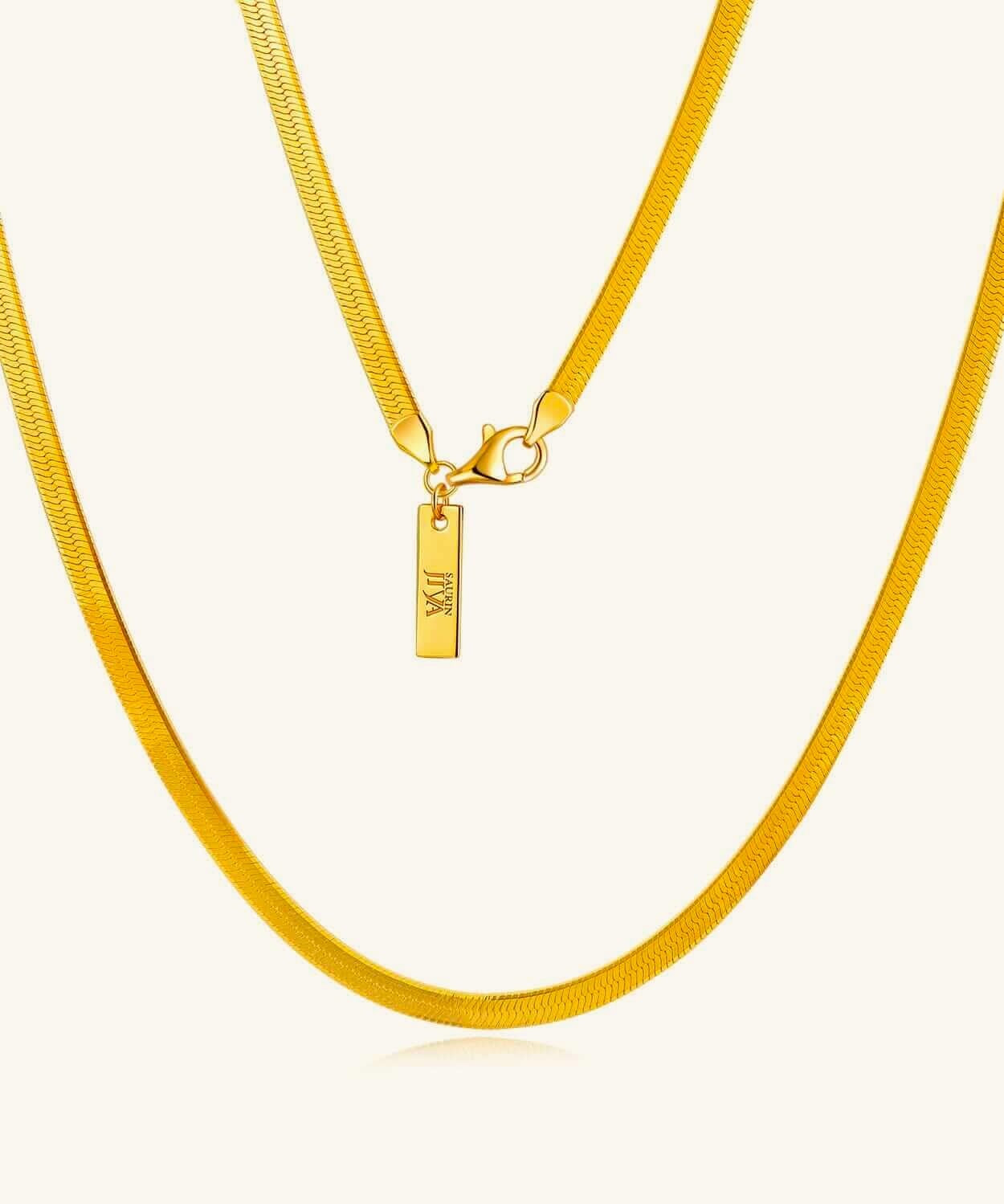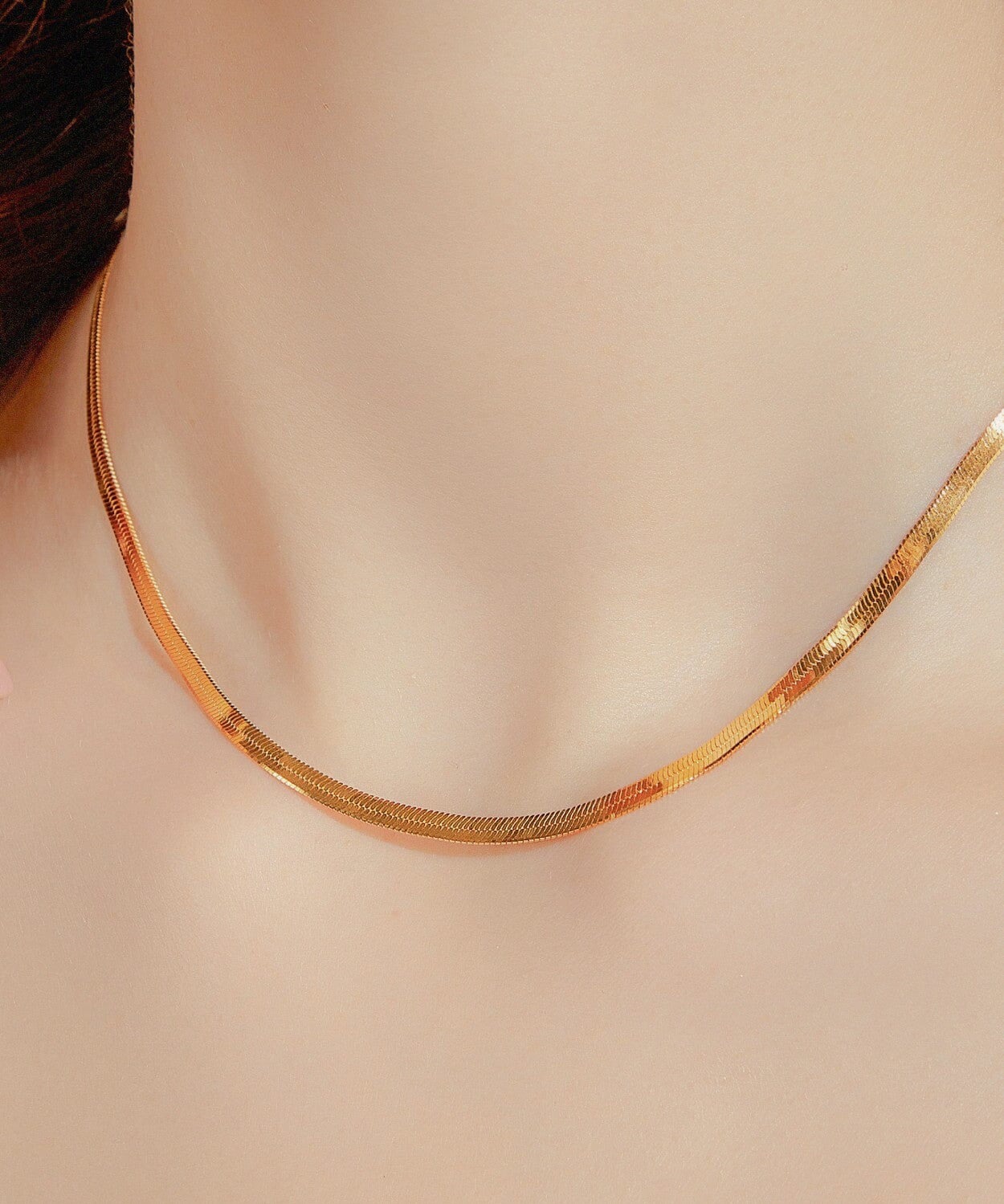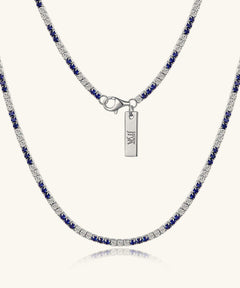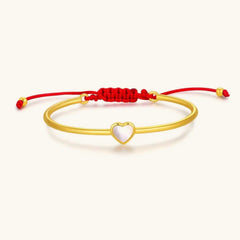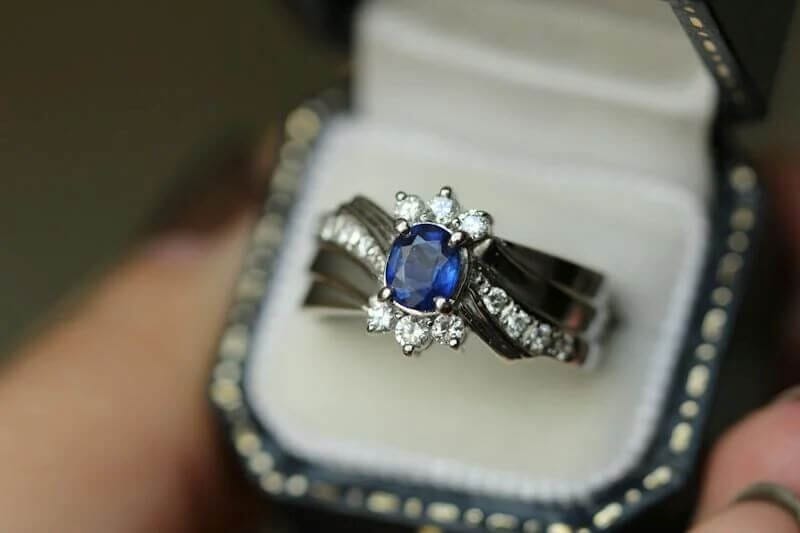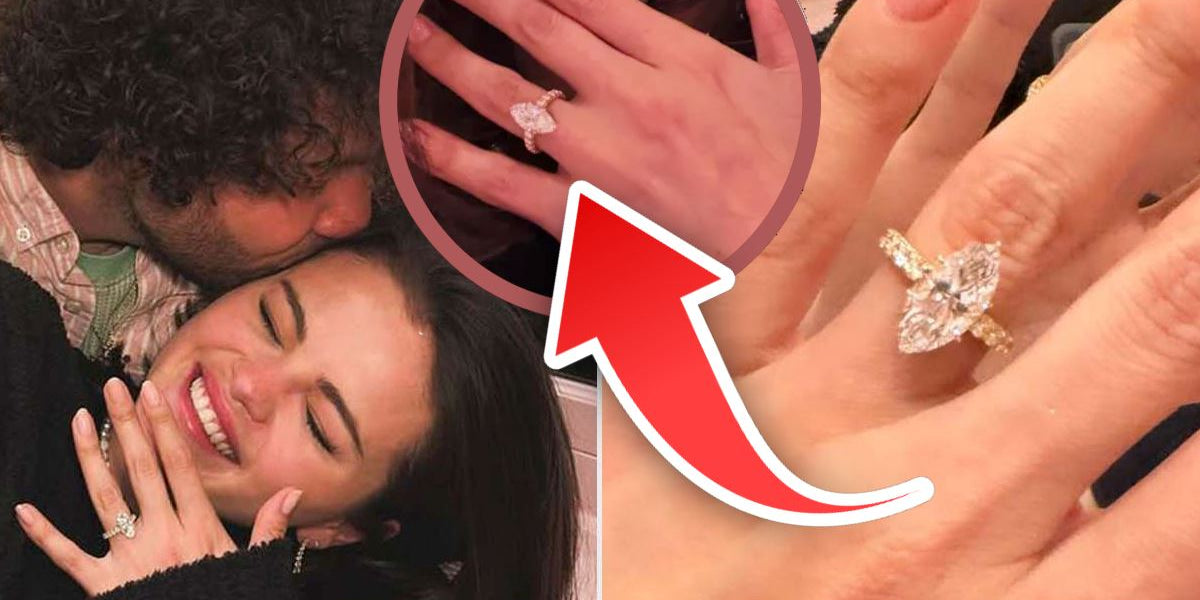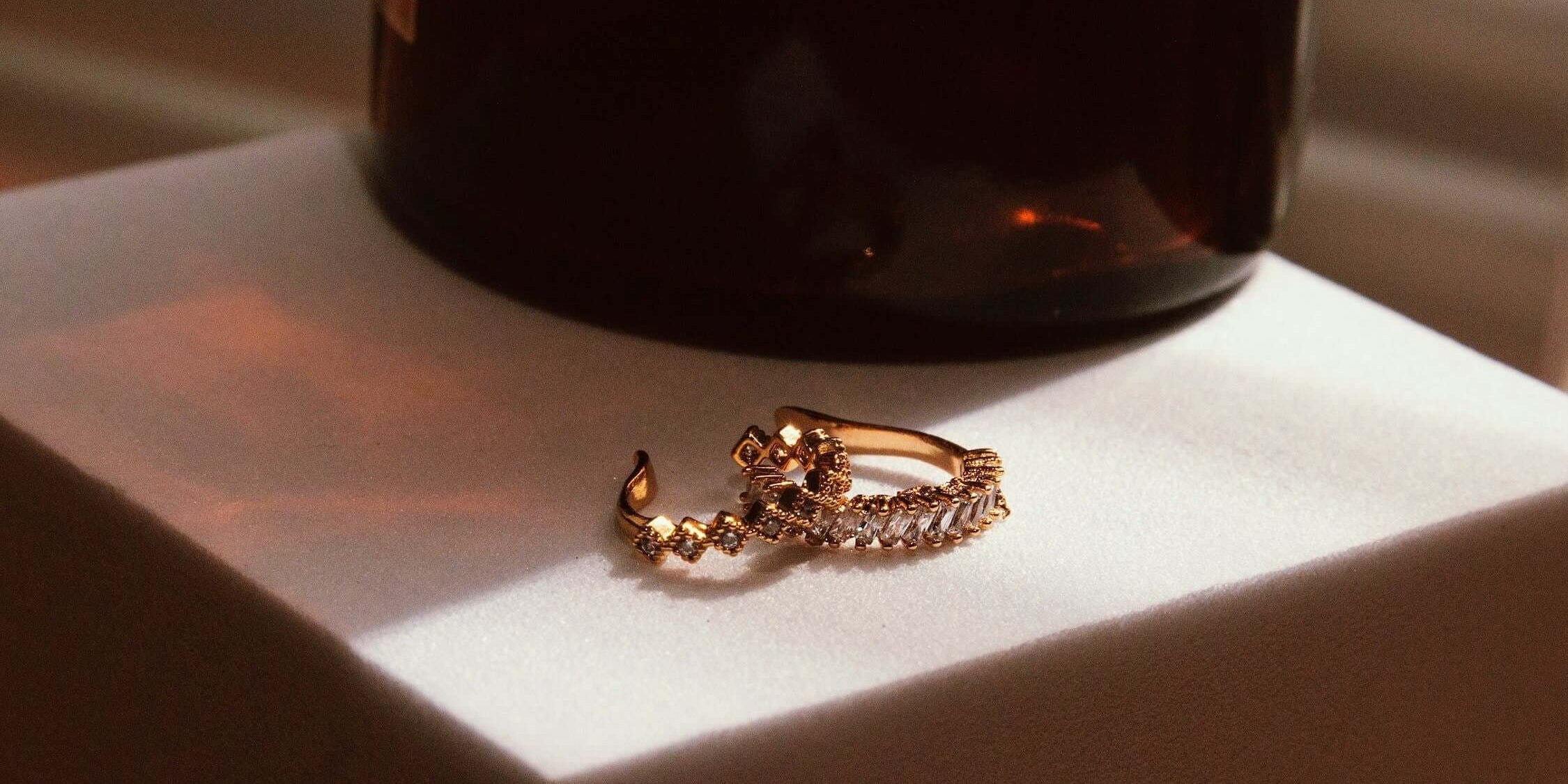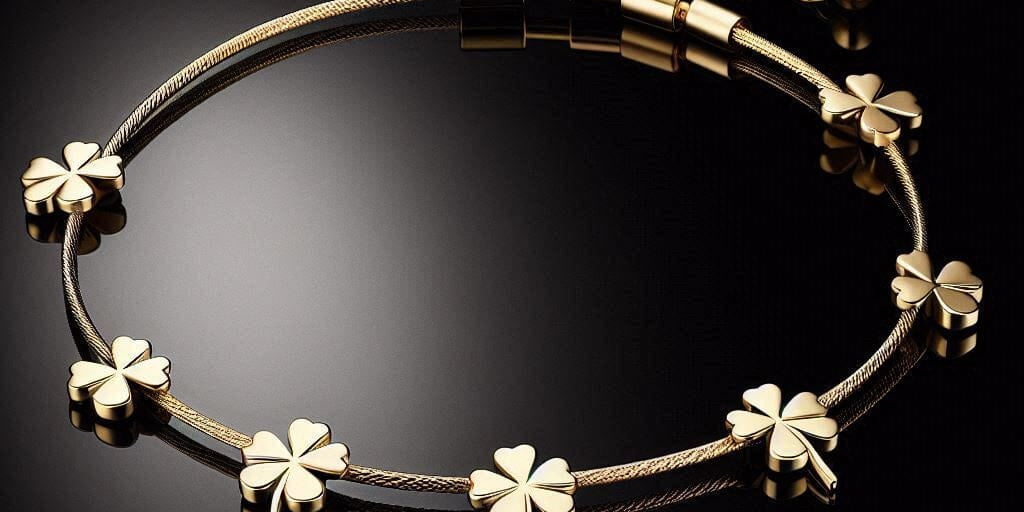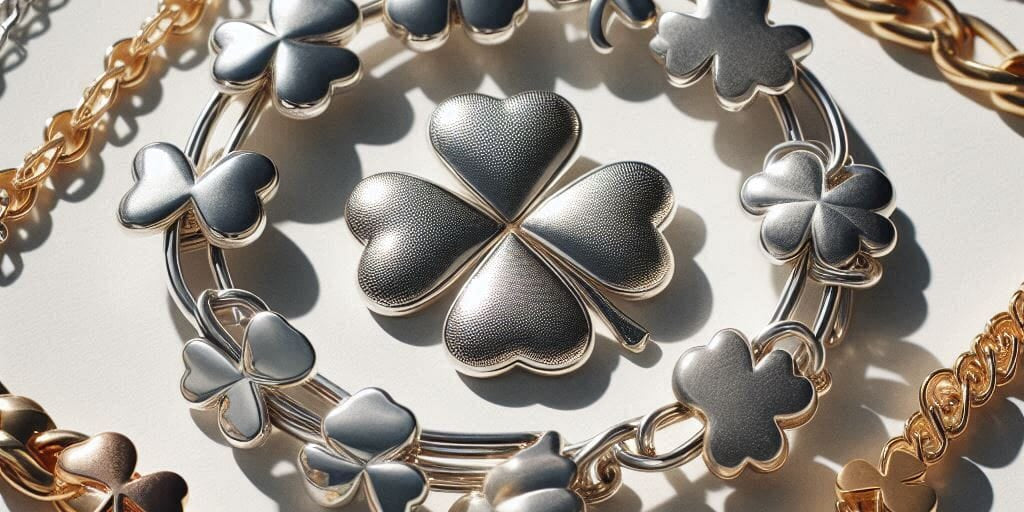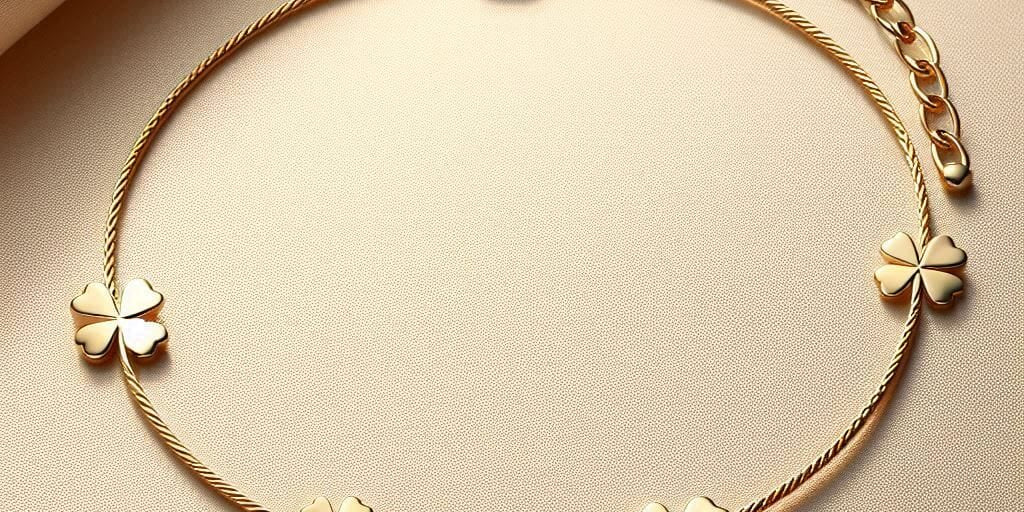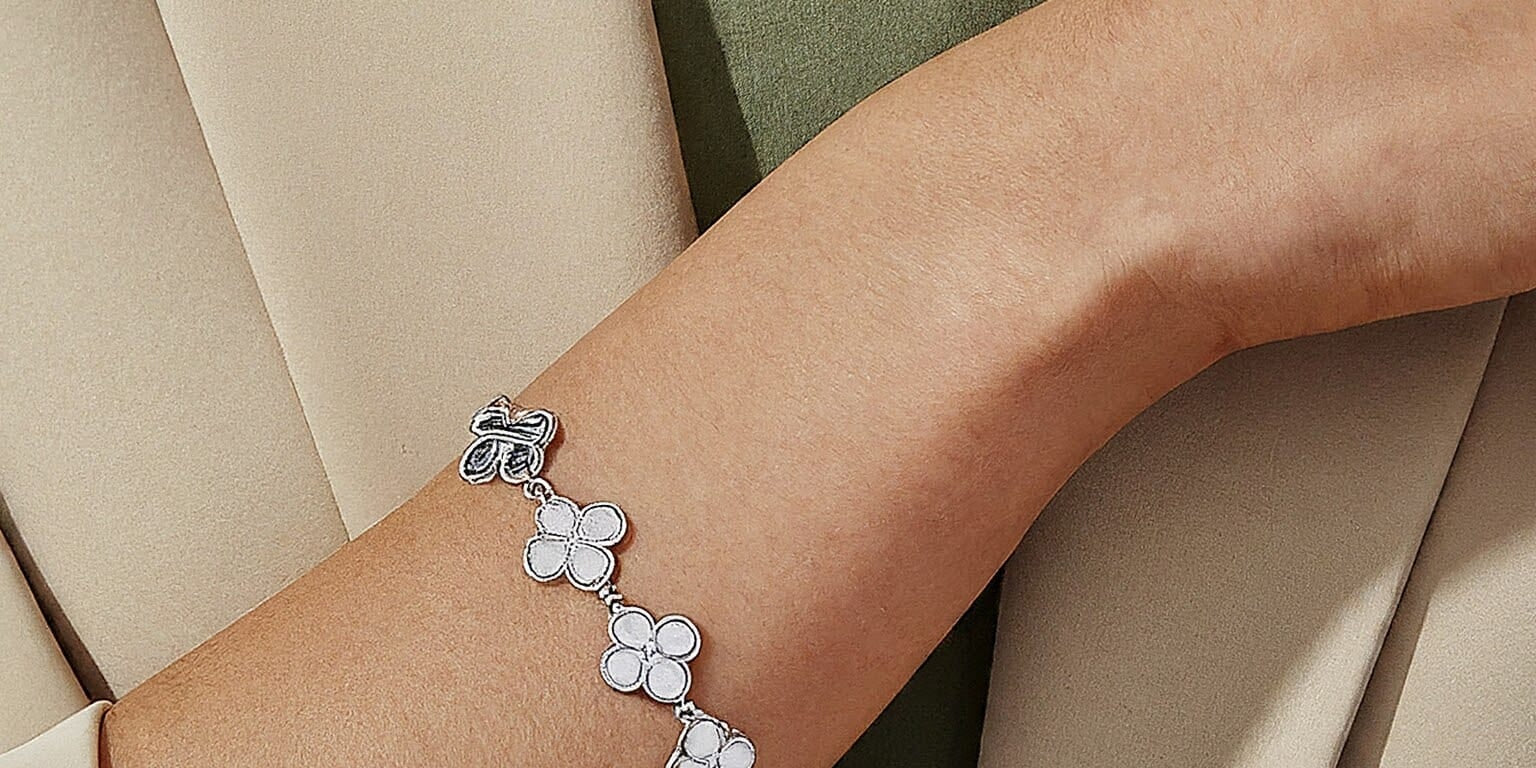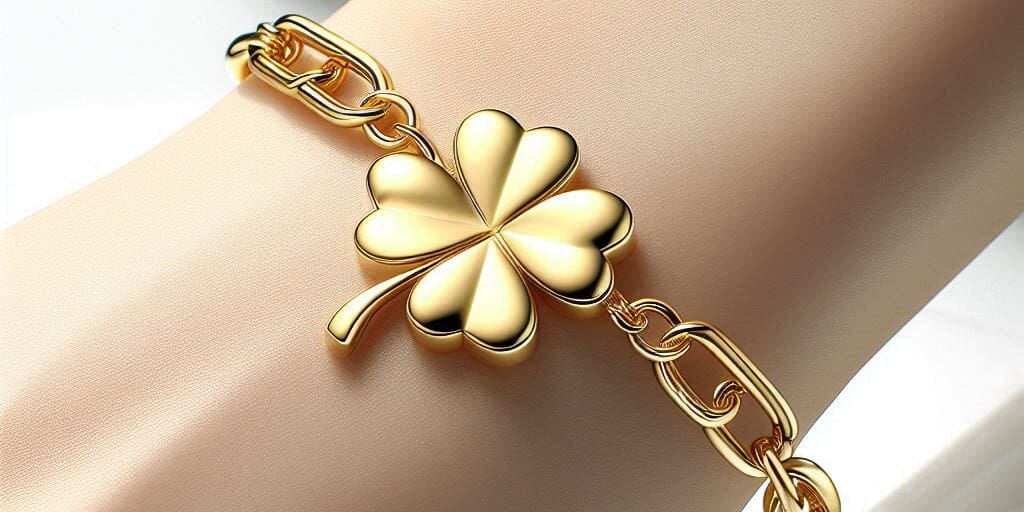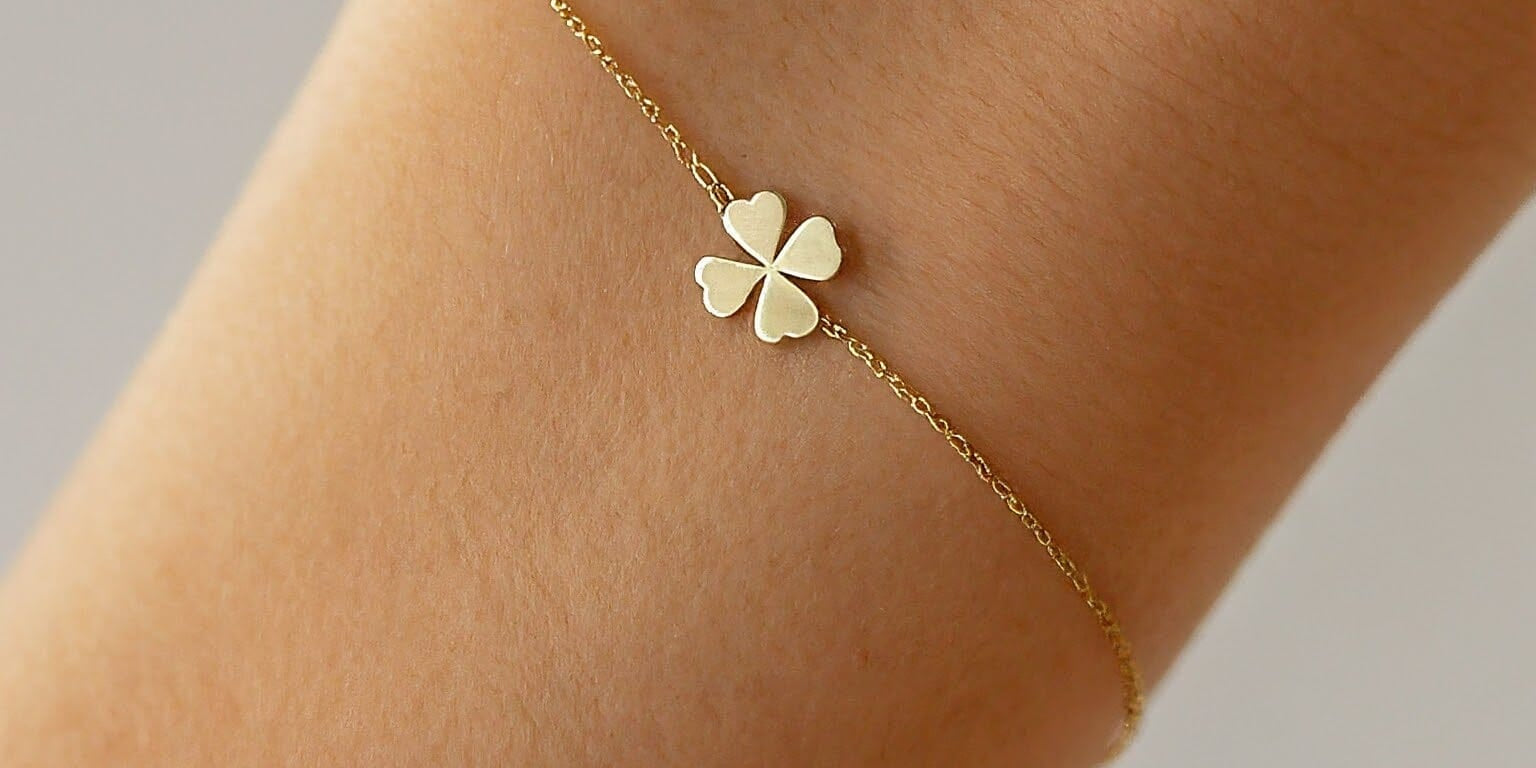An engagement ring is not just a piece of jewelry—it's an emblem of commitment, akin to a lighthouse standing resolute against the capricious tides of time.
It's like embarking on a voyage. As the sea beckons with a myriad of paths, so too does the array of options overwhelm when selecting the perfect ring. And here, knowledge becomes your compass, guiding you through the sea of choices from diamond cuts to settings, ensuring the piece you select resonates with the story you wish to tell.
Understanding Ring Basics
The engagement ring, a symbol steeped in tradition, stands as the embodiment of a promise, a physical manifestation of commitment and love. Its core elements—the center stone, setting, and metal band—are vital in defining its character and aesthetic.
At its heart, the central gemstone breathes life into the ring. This focal point can vary from the classic diamond to a multitude of other gemstones, each with their own nuances and symbolisms. The setting, encompassing this gem, acts as its protector and presenter, while the metal selected frames the entire composition, contributing both beauty and structure.
The terms "band" and "setting" often intermingle yet denote distinctive components. It is in the harmonious combination of these essentials that the ring's full narrative emerges and resonates with its intended wearer.
Decoding the 4 Cs
The cornerstone of diamond evaluation lies in the 4 Cs: Cut, Color, Clarity, and Carat weight. This quartet influences the beauty and brilliance of a diamond. Each C contributes uniquely to a diamond's overall value and appearance.
Understanding how the 4 Cs interplay starts with the Cut, which determines how a diamond reflects light. A masterful cut unleashes the stone's fiery sparkle. Color ranges from colorless to noticeable hues, affecting rarity and worth. Clarity reveals the purity of a stone, spotlighting its unique fingerprint of tiny imperfections known as inclusions. Lastly, Carat refers to the diamond's weight, directly influencing its size and, by extension, its grandeur.
Diamonds are formed deep within the Earth over billions of years under high temperature and pressure.
When appraising diamonds, precision is paramount. An expertly graded diamond ensures transparency and confidence in your selection. Respected institutions like the GIA provide trustworthy certificates detailing the 4 Cs. This evaluation is not just technical; it's a narrative of the gem's journey from the depths of the earth to the crest of a ring, and ultimately, the symbol of a bond everlasting.
Choosing the Right Metal
The metal for an engagement ring does more than hold the gem; it's the foundation that defines the piece's aesthetics and durability.
- Platinum: Revered for its strength and purity, platinum is hypoallergenic and sustains minimal metal loss over time.
- Gold: Available in various colors and karats, gold is versatile and historically symbolic, with 18k being a premium choice for durability and richness in color.
- White Gold: A popular alternative to platinum, white gold is gold alloyed with white metals and often plated with rhodium for added shine and durability.
- Rose Gold: Known for its romantic hue, rose gold is an alloy of gold and copper, offering a vintage appeal and increased durability.
- Palladium: As a member of the platinum group metals, palladium is lightweight, durable, and naturally white without the need for rhodium plating.Each material has its own merits, and the right choice harmonizes with the wearer's skin tone and lifestyle.When considering longevity and heirloom potential, prioritize metals that withstand the rigors of everyday wear.
Ring Sizing Essentials
Securing the correct ring size is a pivotal step in selecting an engagement ring to ensure optimal comfort and security.
- Ensure measurements are taken when the hands are at a normal temperature, not too cold or warm.
- Utilize a ring size chart or tool for accurate sizing, or consult a professional jeweler.
- Consider the width of the ring band; wider bands may require a larger size.
- Factor in seasonal changes; fingers can swell in summer or after exercise.
- Allow for future resizing; some ring styles are easier to adjust than others.
It's advisable to measure the finger at different times of the day, as natural fluctuations can occur.
A well-fitting ring should slide on comfortably but resist just enough when coming off to prevent accidental loss.
Styles and Settings Explained
Engagement rings evoke individuality and commitment through their varied styles, which are as diverse as the personalities they aim to reflect. Settings are feasibly the heart of the ring's design; they secure the gemstone or diamonds in place and greatly impact the ring's overall aesthetics and durability. From minimalistic solitaires that spotlight a single gem to intricate halos that encircle and enhance it, the setting sets the stage for the stone’s brilliance.
The choice of setting also determines how the stone interacts with light and the security with which it resides on the band. Consider the classic prong setting that allows maximum exposure to light but requires careful wear to avoid snags, compared to the bezel setting, which encases the stone’s edge for added protection. If durability is paramount, a channel or flush setting might allure your sensibilities, as they protect stones by embedding them within the band. But, should visual grandeur reign supreme, a pave or cluster setting, with their throngs of glistening stones, will capture the light and the imagination alike.
Classic Solitaires
The quintessence of elegance and tradition, a classic solitaire engagement ring embodies timeless simplicity.
- Precious Metal Selection: The choice of precious metal can transform the ring's character—platinum for pure resilience, yellow gold for warmth, white gold for a contemporary twist, or rose gold for a touch of romance.
- Prong Configuration: Typically, four to six prongs secure the diamond, affecting both the stone's security and the way it catches the light.
- Band Style: A slender band can accentuate the solitaire, while a thicker band offers a bolder statement.
- Possible Customizations: Despite their simplicity, solitaires offer customization options like distinctive prong shapes or intricate band engravings.
The solitaire setting is engineered to maximize the diamond's visibility, allowing unobstructed light to enter and exit the stone.
A symbol of commitment, the solitaire remains the archetypal choice for those who revere purity of design and focus on the beauty of the central gem.
Popular Settings Showcase
Engagement ring settings are integral to the ring's overall design, embodying the artistry and personality of the wearer.
- Prong Setting: The most iconic and classic, prongs allow for maximum light exposure.
- Halo Setting: Encircles the main gem with a glittering collection of smaller stones.
- Bezel Setting: Offers sleek protection by encasing the stone's perimeter in metal.
- Pavé Setting: Tiny diamonds are set closely together, creating a dazzling surface.
- Three-Stone Setting: Symbolizes the couple's past, present, and future together.
- Tension Setting: The gemstone is held by pressure between the open ends of the band.Each setting offers unique advantages, affecting the ring's security, profile, and sparkle.The right setting not only ensures the gemstone's prominence but also aligns with the wearer's lifestyle and aesthetic preferences.
Custom Design Tips
Crafting a custom engagement ring is an intimate collaboration that demands thoughtful consideration and creativity. As you embark on this journey, keep your partner's taste at the forefront, and remember that each element you choose will contribute to the ring’s unique story.
Avoid overwhelming yourself with endless possibilities by setting clear objectives and a defined budget early on. This focus will guide you through the custom design process.
Consider incorporating symbols or motifs that resonate with your relationship, turning to heritage or shared experiences for inspiration. A designer can guide you to translate these elements into a timeless piece of jewelry that speaks volumes about your bond.
Stay open to your designer’s expertise—they possess the acumen to balance aesthetics with functionality. They'll ensure your vision comes to life without compromising the integrity of the ring. Trusting their recommendations can result in a piece that's not only beautiful but also durable, perfectly marrying sentiment with practicality.
Budgeting Your Purchase
When determining the finances for an engagement ring, it is essential to establish a budget that does not strain your financial stability while still allowing you to express your commitment and love. Be cognizant of the various components that will influence the final cost, such as the choice of metal, the quality and size of the center stone, and the complexity of the design.
Remember to account for potential additional expenses beyond the ring itself, including taxes, insurance, and possible future adjustments or resizing. This forethought will help ensure a wise investment in a symbol of your enduring devotion.
Setting Realistic Price Ranges
The adage "spend two months' salary on an engagement ring" is antiquated. Prioritize your financial health and personal circumstances over outdated spending rules. Choose a budget that reflects your current situation and future goals.
Understanding market prices for different materials is crucial. Focus on the attributes most important to you.
From luxurious platinum bands to sizable diamonds, each choice impacts cost. Opt for materials that best represent your partner's style and your financial ability.
Engagement rings embody a promise, not a price tag. Find a beautiful token of love that aligns with your financial plan, not one that leads to economic strain. In the realm of love, let sincerity reign over extraneous expenditures. Remember, the true worth of a ring lies in the meaning it holds.
Saving on the Center Stone
A center stone is the crowning jewel of an engagement ring, its size, cut, and quality commanding the spotlight and often the budget. Making prudent choices in these areas can lead to significant cost savings without sacrificing the ring's perceived beauty or value.
Opting for alternative gemstones can yield substantial savings. Sapphires, for instance, offer an exquisite and durable option.
Consider a slightly lower carat weight; a reduction imperceptible to the eye can result in notable price differences.
Choosing a stone just shy of popular carat weights (like going for a 0.95 carat instead of a full carat) can bring down the cost even further.
Symmetry and polish can enhance a stone's apparent quality more than perfect color or clarity grades, potentially allowing for trade-offs that maintain a diamond's sparkle while easing the budget.
Laboratory-created diamonds offer an affordable alternative to natural stones, delivering the same visual impact at a fraction of the cost.
Ultimately, preferential selection of certain characteristics over others should reflect your partner's taste and the importance of the ring's symbolism. Balance aesthetic preferences with practical considerations to find the perfect gem within your budget.
Timing Your Buy
While there is no universal "right" time to purchase an engagement ring, certain times of year may offer distinct advantages. Events such as trade fairs or holiday sales can create opportune moments for buyers to potentially secure more favorable pricing.
For the patient buyer, waiting for a major sale event such as Black Friday, Cyber Monday, or a post-holiday season clearance can make a significant difference in cost. Retailers often reduce prices to make way for new inventory, presenting a golden opportunity to acquire a premium ring at a reduced rate. This strategy requires a discerning eye and prompt decision-making, as the most enticing pieces tend to sell swiftly.
Conversely, certain times may yield fewer financial benefits due to heightened demand. Periods like the lead-up to Valentine's Day or the Christmas season often see a spike in engagement ring purchases, which can translate to higher prices and limited negotiating room. Planning ahead and avoiding these peak seasons could prove economically prudent.
Regardless, a meticulous approach in timing your purchase is advised. Seeking off-peak periods for buying could result in not only financial savings but also a wider selection of choices. Striking the balance between the perfect moment to propose and optimal purchasing windows requires calculated timing, which can ultimately lead to the procurement of a ring that matches both your partner's dream and your fiscal expectations.
Caring for Your Engagement Ring
An engagement ring is not only a symbol of commitment, but also a considerable investment. To maintain its luster and integrity, regular care is paramount. It is advisable to have your ring professionally cleaned and inspected at least once a year to address any loose settings or wear and tear. However, daily maintenance is equally crucial; gentle cleaning with a soft toothbrush and mild soap can remove everyday dirt. Be mindful to avoid harsh chemicals and extreme temperatures that can damage precious metals and stones. Remember, diligent care will ensure your engagement ring remains a radiant emblem of your love for years to come.
Routine Maintenance Advice
Regular cleaning is essential for an engagement ring's brilliance and longevity. At home, use a soft brush and lukewarm water mixed with a gentle detergent to cleanse your ring.
When cleaning, inspect the setting for any signs of damage or loose stones to prevent potential loss. This is an excellent opportunity to ensure the ring's structural integrity, safeguarding your cherished piece.
Avoid exposing your engagement ring to abrasive substances that could scratch the metal or dull the gemstone's sparkle. Lotions, perfumes, and household cleaners are potential culprits that one must be cautious of in daily routines.
Should your engagement ring require more thorough maintenance, consult a professional jeweler. They possess the expertise to restore its luster without compromising the delicate craftsmanship and materials.
Lastly, be mindful of when to remove your engagement ring. Activities like gardening, heavy lifting, or sports can jeopardize its setting, so it's wise to protect it from undue stress.
Insurance and Warranty Must-Knows
An engagement ring is not merely an ornament but an investment that signifies your commitment. Therefore, safeguarding this symbolic treasure with an appropriate insurance policy becomes crucial, ensuring its protection against theft, loss, or damage.
Choosing an insurer is a critical step in your ring’s life journey. Verify that they specialize in jewelry coverage to provide adequate protection.
Many insurers require appraisals to assess the ring's value correctly. An updated appraisal (preferably from a certified gemologist) should accompany your policy to establish the worth accurately.
Insuring your ring should not be conflated with a warranty; the latter is usually provided by jewelers to cover manufacturing defects. Warranties may also offer complimentary services like cleaning and inspections, enhancing your ring’s care.
Should any harm befall your ring, insurance claims can be eased with documented proof of ownership and value. Hence, keeping a detailed inventory, along with photographs, is beneficial for smooth claim processes if such a need arises.
Lastly, though love's value is immeasurable, ensuring your ring's monetary value is protected gives peace of mind. An informed decision on insurance and warranty will ensure that your token of love endures through all unforeseen circumstances.
Cleaning Dos and Don'ts
Engagement rings need regular cleaning to maintain their lustre, but caution is imperative. Avoid using harsh chemicals which can deteriorate the metal or dull the stone.
When opting for at-home cleaning solutions, stick to gentle dish soap diluted in warm water. Using a soft-bristled brush, like a toothbrush, can effectively loosen dirt and grime without damaging the ring.
For thorough cleaning, consider investing in a commercial jewelry cleaner designed for precious metals and gemstones. Always read the instructions carefully and ensure it's suitable for your ring's specific materials before use.
Professional cleanings by a jeweler should be scheduled at least once a year. Jewelers have access to specialized equipment and techniques that can refresh your ring without risking harm.
In conclusion, treat your engagement ring with the respect it deserves. Regular delicate cleanings will ensure its beauty stands the test of time.
